Are GFCI Outlets Required in Bathrooms? (Electrical Codes & Standards)
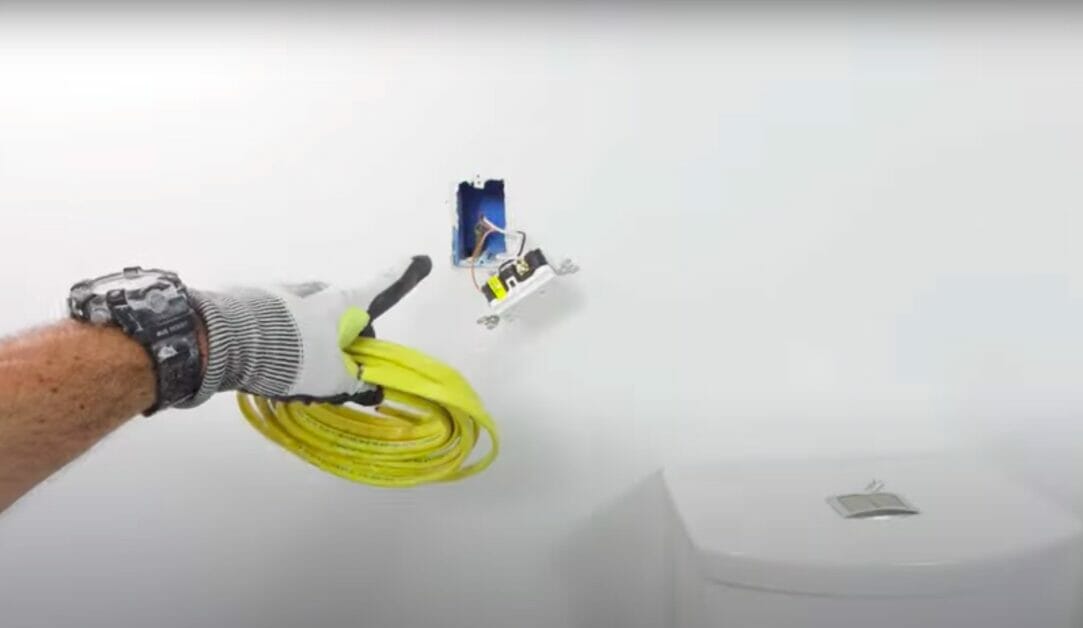
When it comes to bathroom safety, there’s one little device that makes a huge difference: the GFCI outlet.
Now, I’ve been getting a lot of questions lately about whether these are required in bathrooms. In short, the answer is yes!
At least one GFCI-protected outlet is required in bathrooms to protect you and your loved ones from electrical hazards. Don’t stop at one because having two or three GFCI-protected outlets in your bathroom is typically recommended. After all, can you ever be too safe?
Now, stick with me as we explore this topic more in-depth, and I’ll explain why GFCI outlets are so important in bathrooms.
Understanding GFCI Outlets
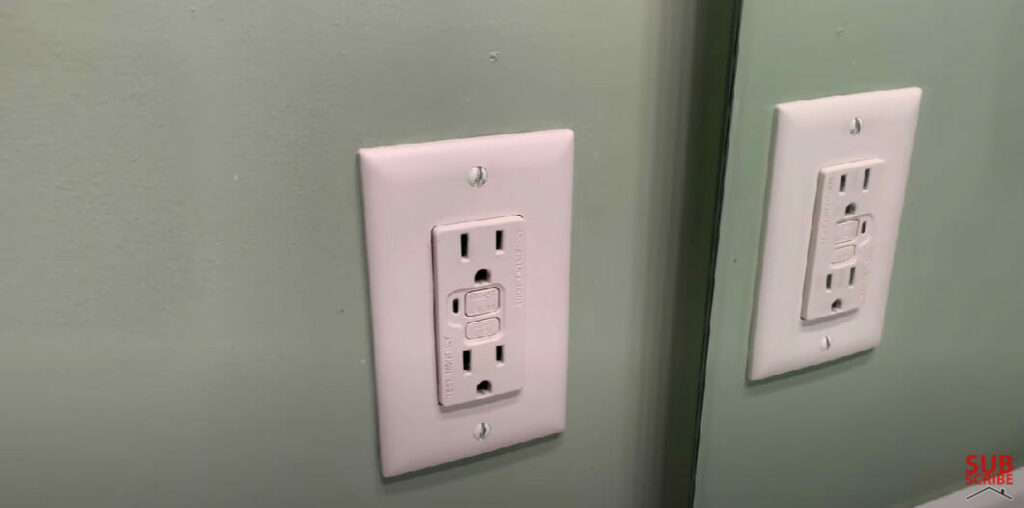
GFCI stands for Ground Fault Circuit Interrupter, and these outlets are designed to protect you from electrical shocks caused by ground faults.
When they detect an imbalance in the flow of electricity, they automatically cut off the power. Pretty neat, huh?
So, why are GFCI outlets especially important in bathrooms?
When a wire touches water, a ground fault can occur, creating an unintended path for the electricity. This can lead to the risk of electrocution.
When a GFCI outlet senses a ground fault (such as when a wire touches water), it quickly interrupts the flow of electricity and trips the circuit. This reduces the likelihood of electrocution. However, it is important to note that while GFCI outlets significantly minimize the risk, they may not completely eliminate the possibility of electrocution in all circumstances.
How Important are GFCI Outlets in Bathrooms
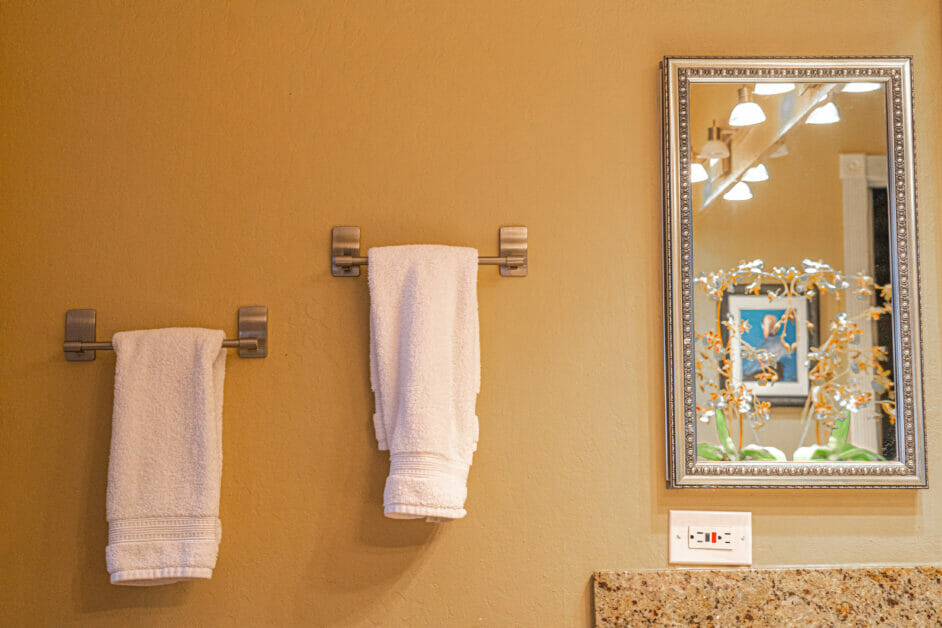
Preventing Electrical Shocks
These ingenious little devices help prevent electrical shocks. You know, the kind of shock that can happen when your hairdryer accidentally falls into a sink full of water.
GFCI outlets are designed to detect even the smallest change in electrical currents, like when an appliance comes into contact with water or someone accidentally touches a live wire.
When they sense something’s off, they quickly cut off the power to keep you safe.
Reducing the Risk of Fires
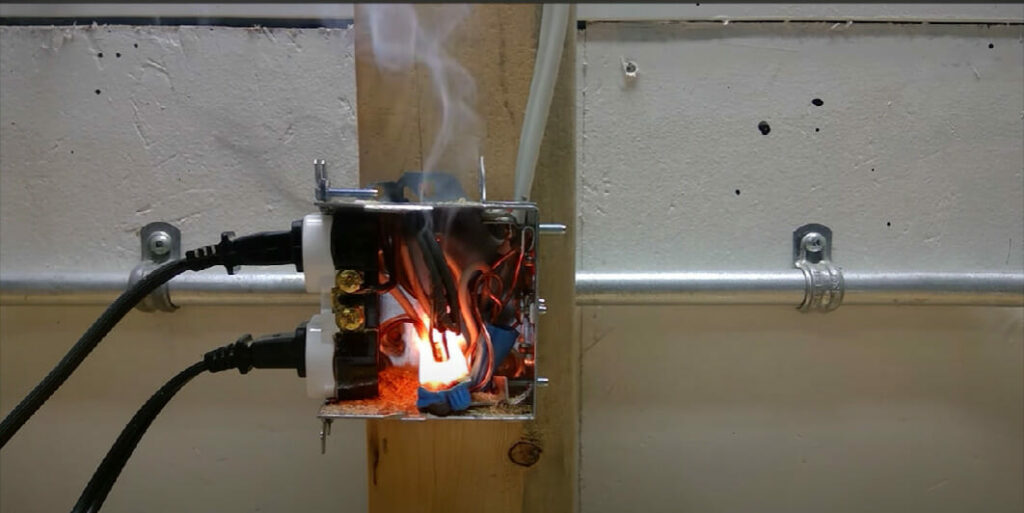
But wait, there’s more! GFCI outlets are also essential in reducing the risk of fires in your bathroom. When water and electrical currents meet, there’s always a danger that a fire could break out.
But GFCI outlets help keep that danger in check. GFCI outlets work like a superhero, pinpointing the danger and stopping it dead.
They’re the secret weapon we all need in our bathrooms to keep our spaces safe and sound. GFCI receptacles are required in bathrooms for this very reason.
Bathroom Safety and Building Codes
National Electrical Code
The National Electrical Code (NEC) requires at least one GFCI-protected outlet in a bathroom.
Furthermore, the NEC has made several changes to make bathrooms safer. For example, their 2020 edition now requires GFCI protection for 250-volt receptacles if installed within six feet of the sink.
Since it’s your home, let’s make it the safest! Remember, it’s not just about complying with the NEC but creating a comfortable and secure environment where you can feel at ease.
Local Building Codes
Now, let’s talk about local building codes, folks! While the NEC sets guidelines nationwide, knowing your local requirements is crucial too.
These can vary from state to state or even city to city. Some locations might have additional rules regarding GFCI outlets, like requiring them in bathrooms, kitchens, and garages.
So, always check your local building codes when planning a renovation or building a new home. That way, you’re up-to-date on essential safety requirements that protect you and your family.
Let’s create spaces that are not just beautiful but safe too. By following national and local building codes, we can ensure our bathrooms are stylish and secure!
GFCI Outlet Locations in Bathrooms
Sink Area
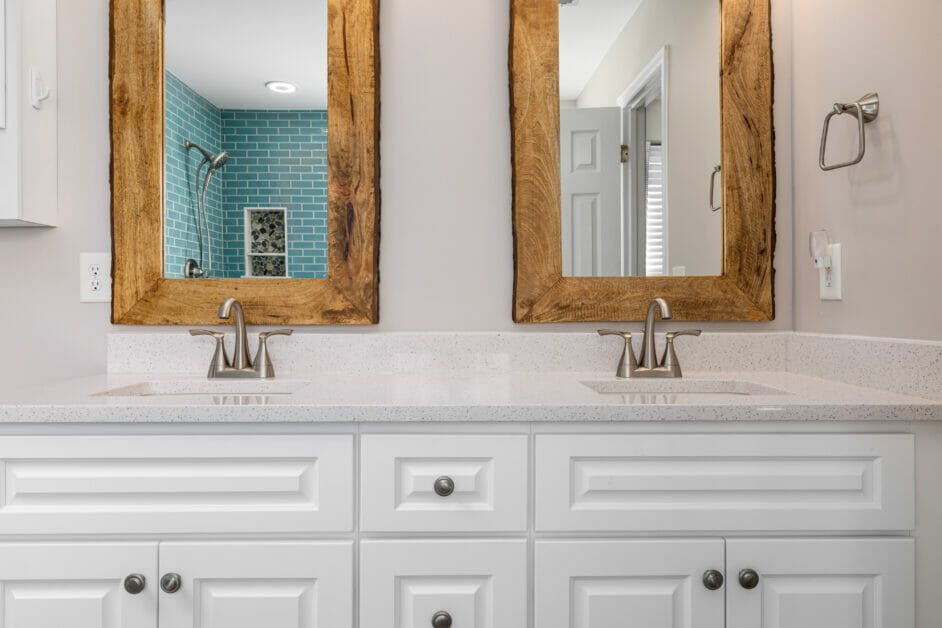
Regarding the sink area, I can’t emphasize enough the importance of having a GFCI outlet. According to the National Electrical Code, all bathroom receptacles must be GFCI-protected.
Trust me, this type of outlet is a lifesaver, literally! As GFCI outlets are designed to reduce the risk of electrocution, they are necessary near water sources, like the sink.
Tub and Shower Area
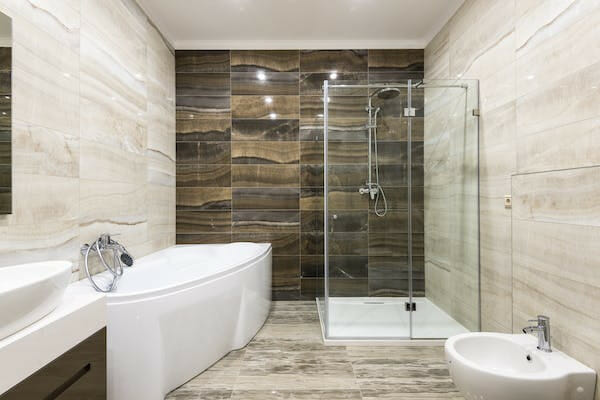
While it’s uncommon to place electrical outlets near the tub or shower, some folks might have handy electric hair dryers or shavers.
The key here is to ensure that any outlet within 6 feet of the tub or shower has GFCI protection. This will help you maintain a safe and shock-free environment.
Other Bathroom Locations
Thinking about convenience and safety is essential for the rest of your bathroom. Other areas where you might want GFCI-protected outlets include:
- Near the vanity or makeup station
- Close to towel warmers
- Near the toilet, especially if you have a bidet
Remember, the minimum requirement for outlet receptacles in a bathroom is typically one GFCI-protected outlet on a 20-amp circuit. Who doesn’t love a little extra convenience?
How to Install GFCI Outlets
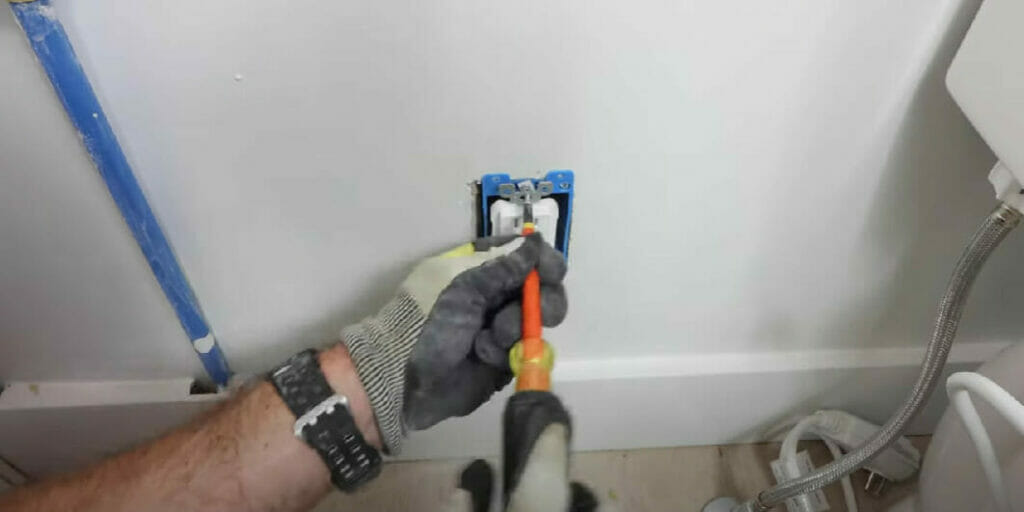
Choosing the Right GFCI Outlet
With various GFCI outlet options available on the market, it can be difficult to determine which type best fits your needs.
To help you make an informed decision, we’ve created a table that compares different types of GFCI outlets, outlining the pros and cons of each.
| Outlet Type | Description | Pros | Cons |
|---|---|---|---|
| Standard | A basic GFCI outlet with two sockets | Affordable, easy to install | Limited to two sockets |
| Self-Test | An outlet that automatically tests itself for functionality | Low maintenance, increased safety | Higher cost |
| Tamper-Resistant | An outlet with built-in shutters to prevent foreign objects from being inserted | Increased safety for homes with children | Higher cost |
| Weather-Resistant | An outlet that is designed to withstand outdoor weather conditions | Suitable for outdoor use | Higher cost, limited availability |
| Smart | An outlet that can be controlled remotely with a mobile device or voice assistant | Convenient, it can be integrated into a smart home system | Higher cost requires compatible technology |
Notes:
- When choosing a GFCI outlet, it’s important to make sure it is rated for the appropriate amperage and voltage for your needs.
- Installation of GFCI outlets is always recommended to be done by a qualified electrician.
- Some GFCI outlets may include a combination of features, such as a self-testing tamper-resistant outlet.
Professional Installation vs. DIY
You might wonder whether to call in a pro or tackle this project yourself.
If you’re not confident about your electrical skills, don’t hesitate to call a licensed electrician. They’ll make sure everything’s done correctly, and you’ll have peace of mind knowing it’s done right.
But hey, if you’re a DIY pro and have basic knowledge of electrical wiring, you may be able to install it yourself. Just be sure to turn off the power to the circuit you’re working on – safety first, my friends!
Remember, whether DIY or professional installation, the goal is a safe and functional GFCI outlet.
Wrapping Up
GFCI outlets are not only a good idea but also required in bathrooms.
Now, I always recommend going the extra mile regarding safety. So, having two or three GFCI outlets in your bathroom is even better.
Remember, it’s all about keeping you and your loved ones safe from electrical shocks in those damp areas.
No one’s messing around when it comes to safety. So, as you’re working on your bathroom projects – whether it’s a renovation or a fresh build – double-check these GFCI outlets.
Let’s ensure we’re up to code and keeping our beautiful homes safe and sound. Happy renovating, everyone!
References
Studies:
- “Review and Analyse Of Ground Fault Circuit Interrupter”: https://www.irjet.net/archives/V5/i10/IRJET-V5I10160.pdf
- “Survey of Ground Fault Circuit Interrupter Usage for Protection Against Hazardous Shock”: https://nvlpubs.nist.gov/nistpubs/Legacy/BSS/nbsbuildingscience81.pdf
Organizations:
- National Electrical Code (NEC) Article 210.8 – https://www.nfpa.org/codes-and-standards/all-codes-and-standards/list-of-codes-and-standards/detail?code=70
- National Electrical Manufacturers Association (NEMA) – https://www.nema.org/
- Electrical Safety Foundation International (ESFI) – https://www.esfi.org/
Books:
- “Wiring Simplified: Based on the 2020 National Electrical Code” by H.P. Richter and W.C. Schwan
Video Reference
Top Homeowner
Andrew Payce
Home Repair Tutor
